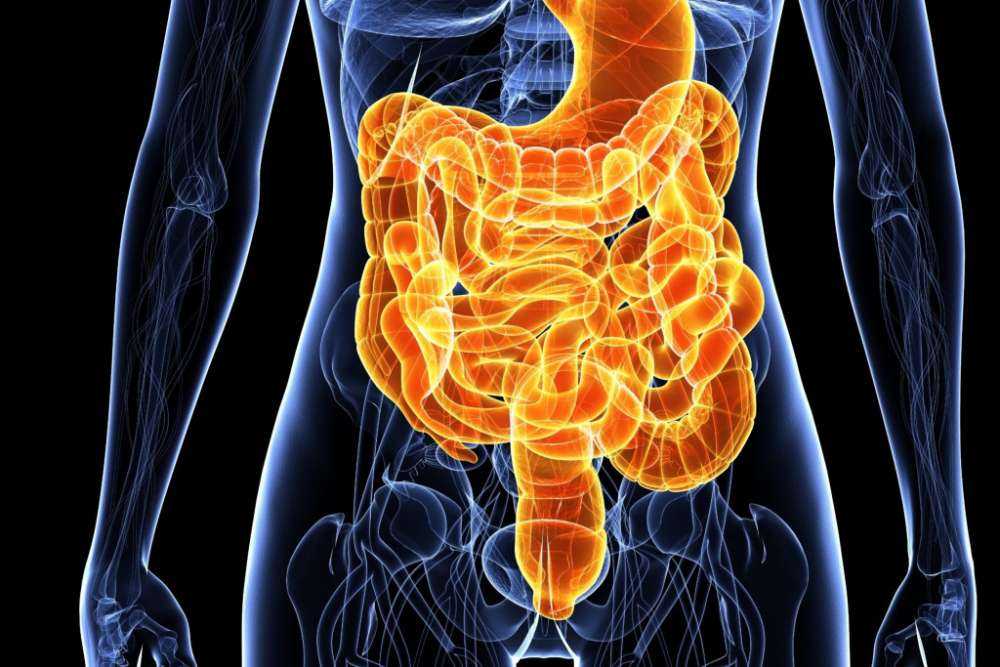DR. VIKAS PURI
A Means to physical and spiritual health
Do you know how healthy you are? Are you aware that your spine holds the key to your overall physical, emotional and spiritual well-being? Chiropractors and Yogis understand this, and both provide a means of tapping into your own innate healing potential. This article explores this common thread.
The Yoga Sutras, a text written by the ancient sage Patanjali circa 400 CE, lays out an eightfold approach to Self-Realization. The first two steps involve the “do’s and don’ts” that build our spiritual character. The third step is asana (correct posture). This is followed by higher and deeper states of breath and life force control and meditation until the soul unites with Universal Spirit. Yoga literally means “Union”. As the wave becomes the ocean, so does individual consciousness unite with Cosmic Consciousness.
According to Yogic Philosophy, for the soul to consciously liberate from the cycles of life and death, the Yogi must consciously raise the life force (Prana) from the lower energy centers (chakras) of the spine to the top of the head, from where the soul will emancipate.
The movement of life force through the spine and out to different body parts is also an important element by which a Yogi can heal the physical and emotional body.
For these reasons, asana (correct posture) is the precursor step to pranayama (life force control) according to Patanjali. Life force cannot flow efficiently, if at all if there is an impediment due to improper posture. The spinal nerves through which the life force flows, become pinched, which prevents self-healing, or spiritual advancement.
This is the reason ancient sages of India had created Hatha Yoga, physical exercises, to increase spinal flexibility, and improve posture, for the purpose of being able to sit for long periods of meditation and stay healthy in body, mind, and soul.
100 years ago, a healer named D.D Palmer, a native of Port Perry, Ontario, discovered the power of proper spinal alignment after he delivered the first ever chiropractic adjustment, a spinal manipulation, to a deaf man named Harvey Lillard. Harvey’s hearing came back, and the modern science of chiropractic was born.
In reality, it was a reconfirmation of the Yogic Philosophy and Science discovered thousands of years ago. Proper life force movement, through correct posture, is necessary for healing.
Chiropractic philosophy states that there is an innate divine intelligence within us, which fails to express itself when there is interference in the spine. This interference is known as a subluxation. Subluxations are physical manifestations of stress (physical, chemical, and emotional), resulting in improper spinal alignment, and loss of proper nerve function, reducing the flow of vital energy and communication from the brain to the body. This leads to various mental, physical and emotional symptoms and disease.
Subluxations were known to ancient yogis and modern chiropractors. Health, defined as: “a state of optimal physical, mental, social, emotional, and spiritual well-being, and not just the absence of infirmity or disease”, presupposes a need for proper posture and spinal alignment. It is the means for our life force to be directed by our innate intelligence, through our nervous system, to various parts of the body in order to function and heal.
Chiropractors remove these subluxations by way of chiropractic adjustments, helping restore your health, and enabling the Yogi to assume the proper posture required for his/her spiritual practice (sadhana).
Discover the yogic-chiropractic means to better physical and spiritual health today!


 Community News2 weeks ago
Community News2 weeks ago
 Community News2 weeks ago
Community News2 weeks ago
 Community News1 week ago
Community News1 week ago
 Community News2 weeks ago
Community News2 weeks ago
 Community News1 week ago
Community News1 week ago
 Community News1 week ago
Community News1 week ago
 Community News2 weeks ago
Community News2 weeks ago
 Community News1 week ago
Community News1 week ago






























